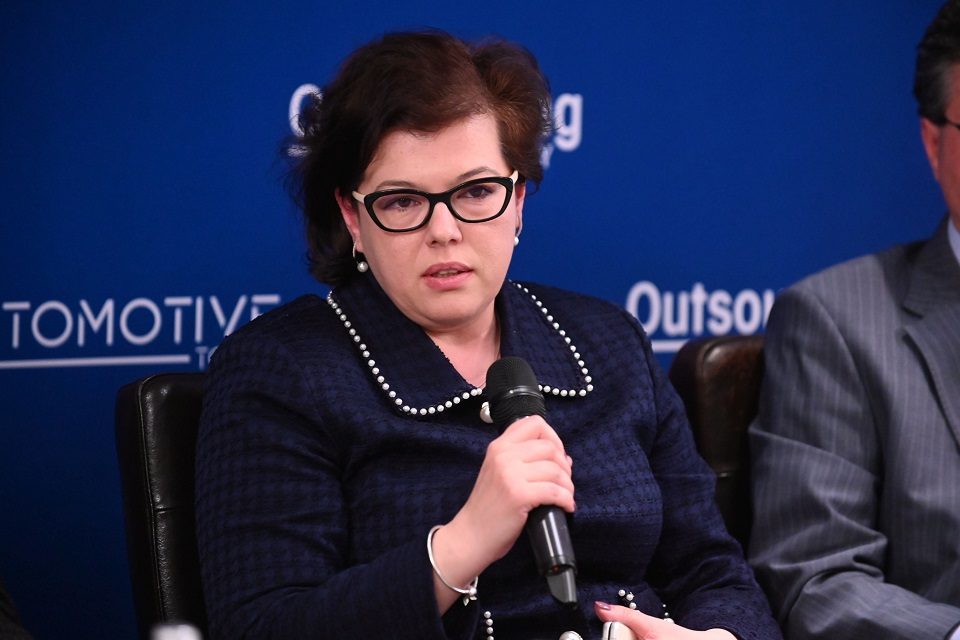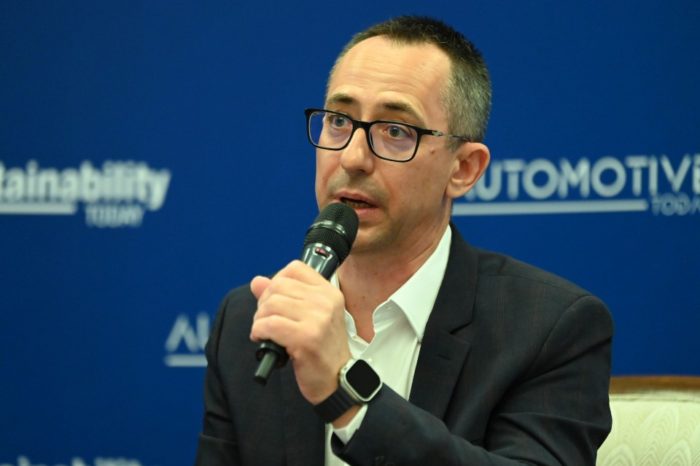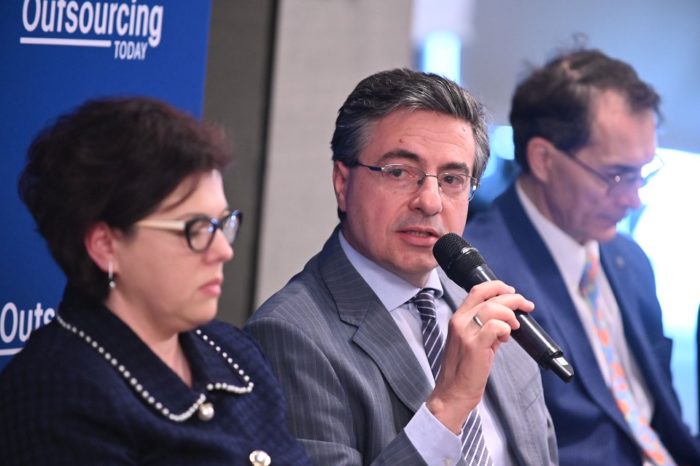Lidia Capmare, BRD: “The authorities should create a catalogue of available financing opportunities for companies”

“We all know that we are going through a period marked by a multitude of funding sources addressed to the private sector from Romania. These non-reimbursable funding opportunities are available separately through the PNRR and the modernization fund, because we are talking about targeted funds for energy and we are talking about PNRR through component 5 or component 9. We are talking about resources available through the modernization fund. We are also talking about financial resources through the operational programs that have recently been approved by the European Commission and calls are to be opened, the applicant’s guides are already in the final stages of development,” Lidia Capmare, Executive Director of EUNAT Department, BRD Groupe Societe Generale said during Energy Efficiency for Sustainable Business Conference organized by The Diplomat-Bucharest.
“We are also talking about non-reimbursable funds in the area of energy efficiency intended for agriculture through the strategic national program. We are talking about funds intended for energy efficiency projects from state budget sources.
And last but not least, we are talking about financing sources that cover this area of energy and energy efficiency measures through financial instruments, which can be accessed by the final beneficiaries through commercial banks. They are special resources made available through the PNRR through a dedicated component, but also through the operational program smart growth and digitization.
Also, the financial instruments that were launched under the umbrella of InvestEu. On the other hand, we are talking about the classic financing area that commercial banks in Romania make available, intended for both legal entities and individuals.
We have listed these sources of financing that address especially the SME area, the area of large companies, regardless of the activity sector they have.
Regarding the involvement of the banking system in this entire ecosystem, these opportunities should be centralized in the form of a catalogue of financing opportunities that can be made available by the state authorities.
Regarding the involvement of the banking environment in this area, the banking environment intervenes, on the one hand, in the advisory area, by providing advice to interested companies regarding the financing opportunities launched and what is the estimated calendar of the opportunities that will be launched. On the other hand, it is about the co-financing of projects that benefit from non-reimbursable funds by granting co-financing loans, pre-financing, granting bank guarantee letters for the return of the advance and loans to cover ineligible loans, and we were also applying for the area of financial instruments.
Financial instruments are vehicles created by the EU to support companies in the idea of having easier access to bank financing, thanks to some guarantee-type benefits, in particular, made available by international financial institutions, which translate into an incentive for companies in terms of pricing, i.e. credits purchased at a lower price and with a lower requirement of guarantees.
All these financing sources available at this moment are coordinated by a new trend that leaves its mark including in terms of the objectives at the PNRR level.”
Full recording of the conference: https://www.youtube.com/watch?v=eQNzpukqtgQ&t=6949















